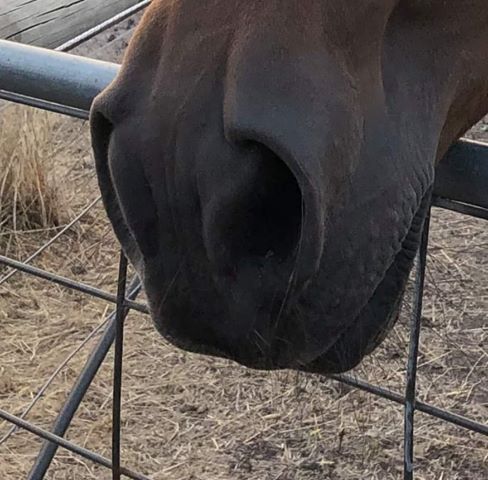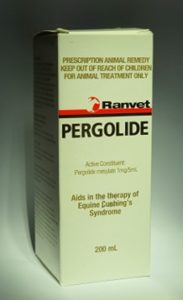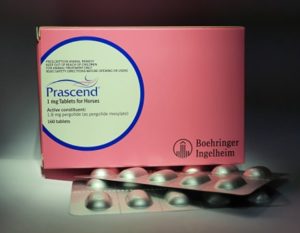
Equine Cushing Disease (ECD) ( Also called PPID)
This is a condition caused by abnormality of the pituitary gland at the base of the horse’s brain. The disease send abnormal signals to the adrenal glands which produce the hormone cortisol. This results in high levels of ‘stress’ hormones entering circulation. Horses fail to shed their winter coat, the coat becomes long and curly, and they may drink and urinate excessively and are very prone to developing laminitis or founder.
Clinical signs include:
- Curly coat
- Sweating
- Muscle wasting
- Fat deposits
- Lethargy
- Increased thirst/urine production
- Predisposed to infections
- LAMINITIS
Who is affected by ECD?
- Older horses/ponies
- Usually +15years – although younger horses can be affected
- Sometimes horses can have both Cushing’s and equine metabolic syndrome (insulin resistance like type II diabetes in humans) which makes the horse very prone to laminitis.
Reasons for testing for ECD
- Ideally need to test horses/ponies with typical signs before they develop laminitis
- Treatment early may prevent laminitis
- Horses/ponies with unexplained laminitis
- Monitor response to treatment
Testing for ECD
There are a few different tests for ECD, however a simple blood test for the baseline ACTH hormone level is the most common. This test is best done in the autumn months when the results are most reliable.
Management of ECD
- Medication
- Pergolide
- Oral – Once a day dosing (either a liquid or tablet form)
- Other options available if poor response
General health care
-
- Dentistry
- Regular hoof trimming
- Deworming (ECD horses often get higher worm burdens)
- Managing the hair coat/ clipping
Good quality food
-
-
- Especially important for older horses with missing/worn teeth
- Often will need a complete feed, low sugar but higher in fat/protein, easily digestible and high fiber.
-
For more information please contact us on 03 54282805





